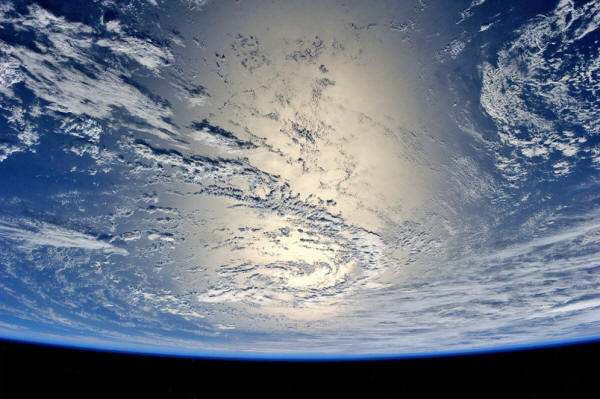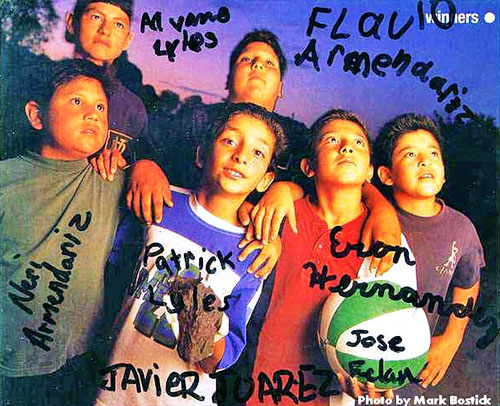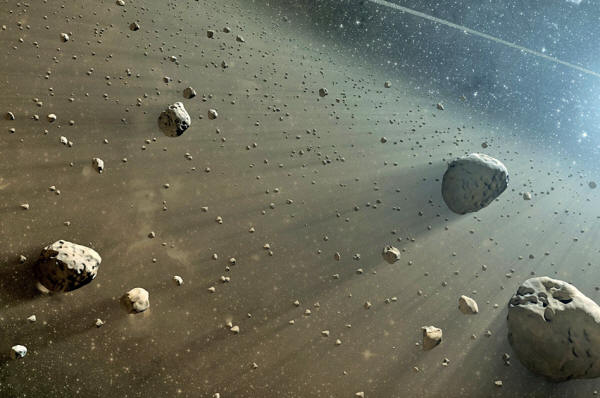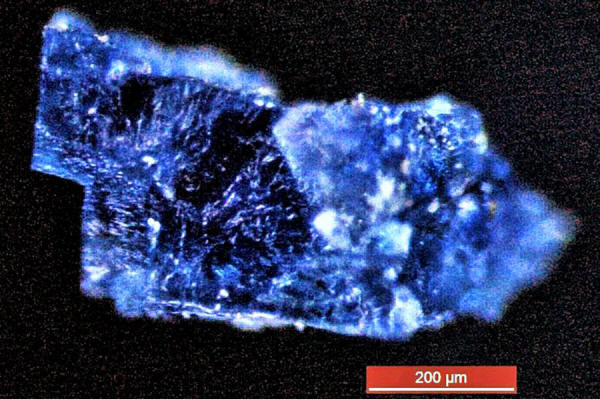|
by Philip Perry January 15, 2018
from
BigThink Website Picture this:
This might sound like the opening scene to the next big sci-fi thriller. But it actually occurred in real life.
Two meteorites, one found outside of Morocco and the other in Texas, both in 1998, have now been analyzed and the results are enticing. An international collaboration of scientists at the Department of Energy's Lawrence Berkeley National Laboratory (Berkeley Lab) conducted the analysis.
Their findings (Organic Matter in Extraterrestrial Water-bearing Salt Crystals) were published in the journal Science Advances.
These space rocks, which are thought to have circulated within our solar system's asteroid belt for a billion years, contain organic compounds necessary for life. The meteorites carry within them hydrocarbons, amino acids, and other organic materials, as well as water.
It's a bit like a life starter kit.
blasted into the blacktop just yards away from them. This occurred in Texas on March 22, 1998. After studying it closely, scientists say the meteorite contains traces of water and prebiotic elements.
(Credit: Mark Bostick).
These were transported to a dust-controlled room and handled with tiny instruments which resemble metal dental picks. Next, the crystals were examined with an X-ray microscope.
Scientists also employed a technique known as XANES - X-ray Absorption Near Edge Structure.
Lo' and behold,
traces of
prebiotic compounds and water were trapped inside these
crystals.
The asteroid Hebe is another candidate.
This is a common source of meteorites that fall onto Earth, or the crystals may have originated in,
This is the first time a comprehensive exploration of the chemical makeup of meteorites has been conducted.
The groundbreaking
work is helping us better understand our early solar system and the
composition of asteroids within it. Discovering such compounds after
a long trek through space hints at a greater diversity of life in
the universe than previously assumed.
of asteroids and space dust.
Credit:
NASA/JPL-Caltech.
David Kilcoyne, of Berkeley Lab's Advanced Light Source (ALS), was among them.
Kilcoyne and
colleagues say the water found within the crystals could date back
4.5 billion years, to when our solar system was born.
She said in a press release,
Crystals hidden within meteorites increase the chances of biomolecules or even microbes making it to Earth or other planets.
Although landing in very different locations, these particular meteorites showed evidence of an impact. They must have struck each other at some point, scientists say.
Organic material
could be passed through such an impact, a scenario astrobiologists
hadn't contemplated before.
The scale bar represents 200 microns (millionths of a meter).
Credit: Queenie Chan/The Open University, U.K.
She is an associate professor of engineering at Yokohama National University in Japan.
Kebukawa and colleagues applied a number of chemical experiments to the samples, to discover their makeup.
Chan said there are other crystals within these meteorites that haven't yet been analyzed. That'll consume a follow-up study.
Kebukawa said,
While Chan said,
Say we did find
extraterrestrials, would they look like us...?
|





